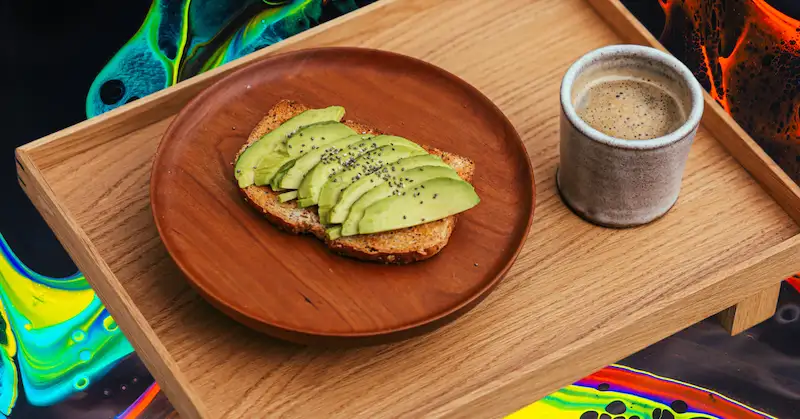Eugene Wei — a former product exec at Amazon and Oculus — has penned the most concise explanation of what makes TikTok tick (sorry).

His 2nd entry in a 3-part series on the video app is a must-read for anyone trying to understand TikTok’s recommendation engine (AKA the For Your Page [FYP]).
The secret?
An “algorithm-friendly” design.

Here are some key takeaways:
- TikTok’s actual machine learning (ML) recommendation algorithm isn’t out of the ordinary
- However, the data inputs into TikTok’s algorithm are differentiated and — all things equal — better data inputs create better algorithms
- To get the most valuable inputs possible for its algorithm, TikTok’s design is very unique: It is only one video at a time with a number of indicators as to whether or not the user likes it (length of viewing, re-watches, likes, comments, song choice, video subject, shares)
- Typically, UX design is meant to be user-friendly. However, to improve its algorithm, TikTok has made its product a bit less user-friendly (users scrolling through multiple pieces of content is a more frictionless experience than just a single video view)
- Eugene calls this product decision an “algorithm-friendly” design
- Compare this with a traditional social feed (Twitter, Facebook), both of which offer an endless scroll of content. The user inputs are less clear (“liking” something doesn’t transmit a ton of information)
- With such clear signals — whether positive or negative — TikTok can quickly understand a user’s preference and serve up more similar content
- This creates a tight feedback loop and kicks off the flywheel that continually improves TikTok’s recommendations and data inputs
P.S. If you prefer audio, listen to his explanation on the a16z podcast.
Topics:
Social Networking










